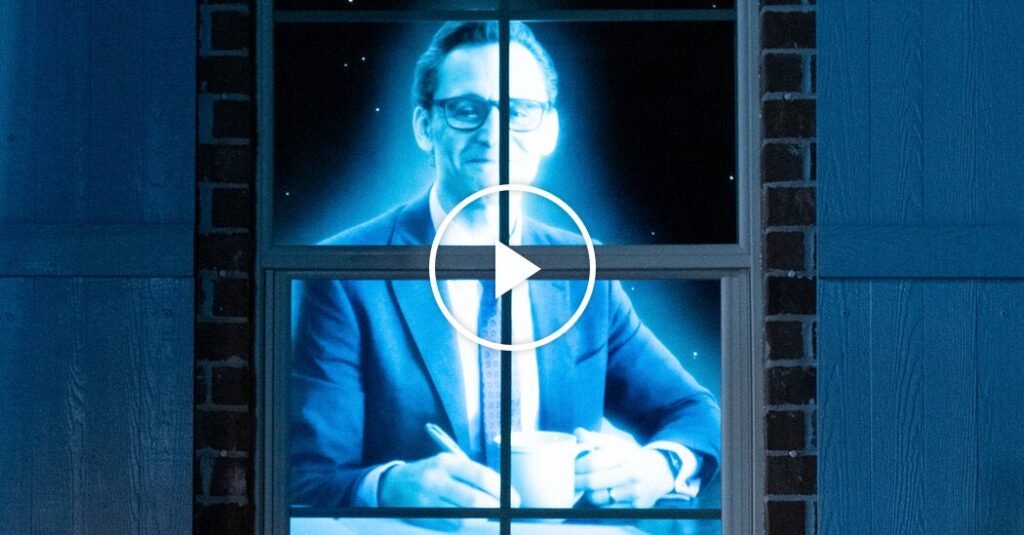“I’m Mike Flanagan, serving as the screenwriter, director, editor, and one of the producers of ‘The Life of Chuck.’ In this scene, we see Chiwetel Ejiofor as Marty Anderson, making his way to his ex-wife’s house during what seems to be the end of the world. The narrative, closely adapted from Stephen King’s novella, portrays a world on the brink of collapse, where uncertainty reigns. With car traffic immobilized and his phone out of service, he walks on foot to reconnect with his ex-wife. “Hey.” He meets a young woman on roller skates, played by Violet McGraw, an actress I previously worked with on ‘The Haunting of Hill House’ and ‘Doctor Sleep.’
This moment particularly stood out to me, as it features a casual exchange between two people who find themselves together in these dire circumstances, highlighting their connection. Marty, once a teacher, tries to relate to her as he might have with his students before everything fell apart. In the novella, this scene is shocking because, amidst the chaos, all power abruptly goes out. We filmed this in a neighborhood near Mobile, Alabama, where we staged a blackout to achieve a specific effect.
Here marks a significant shift in the story, as Chuck Krantz, the titular character, has only appeared on billboards and in commercials until now. His role takes a more mystical turn, hinting at something beyond the ordinary. The book describes eerie ectoplasmic projections of billboard images, which we created in a traditional way by hanging televisions sideways in windows, pre-recording videos, and manually starting each one to display images. It looked somewhat absurd during filming but turned out to be quite striking on screen. “Go home. Go home to your mom and dad.”
At this juncture, the characters begin to understand that the unfolding events defy explanation, and Chuck’s identity becomes increasingly significant. There’s an overwhelming sense of loneliness at the world’s end. We purposely ensured there were no extras or visible cars in the scene, amplifying the isolation. For the first time, Marty starts to feel the panic of the situation rather than an acceptance of it.


